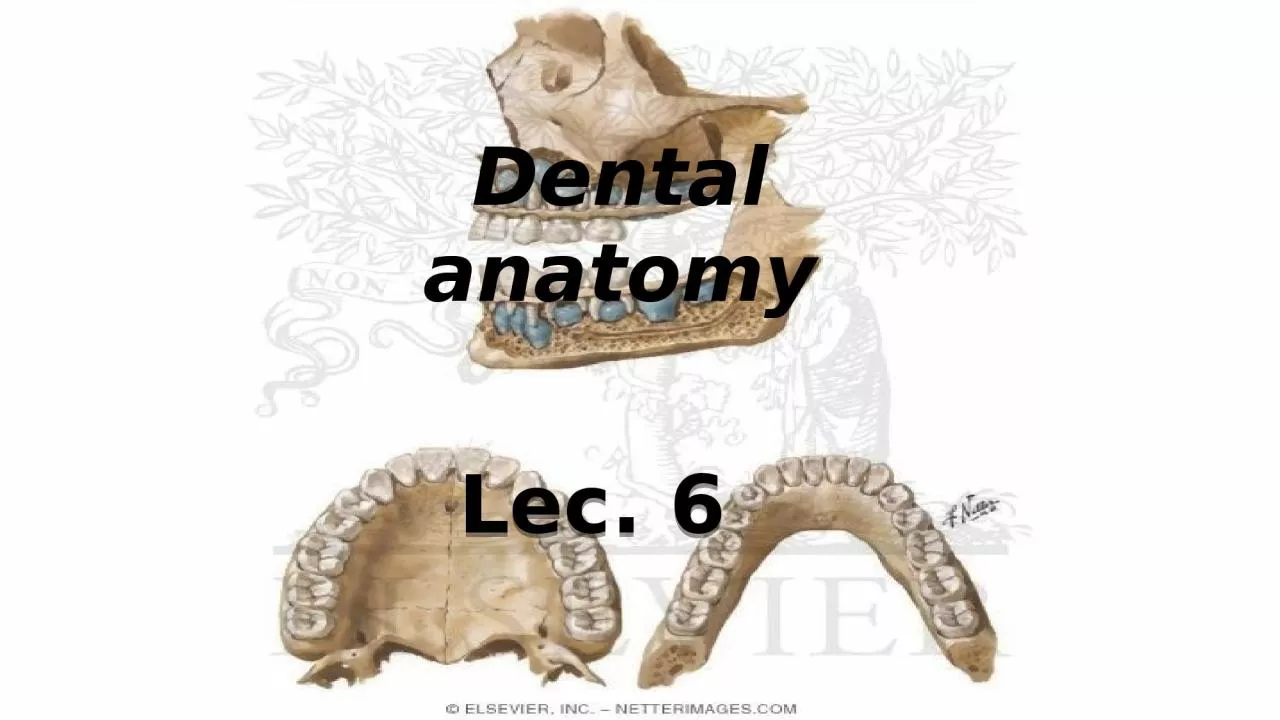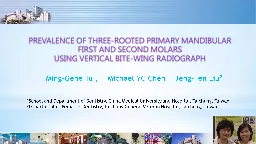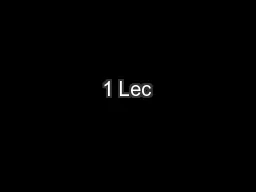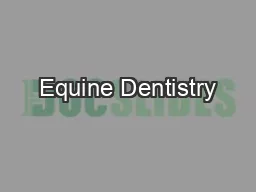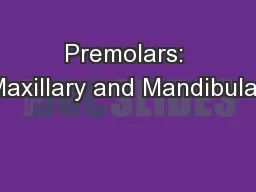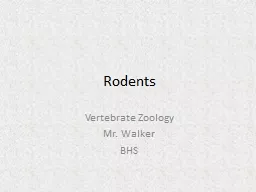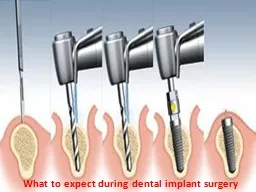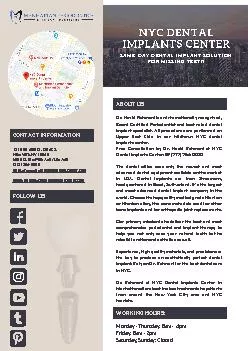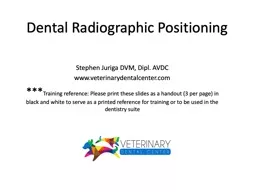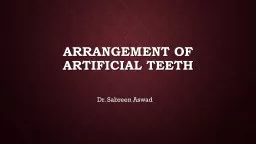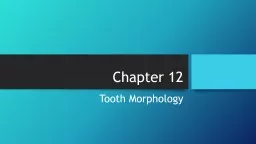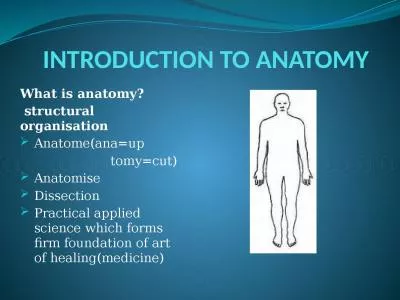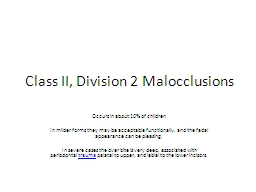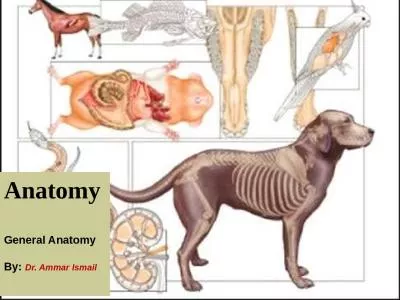PPT-Dental anatomy Lec. 6 Permanent mandibular incisors
Author : Outlawking | Published Date : 2022-08-01
Mandibular incisors are 4 in number 2 centrals and 2 laterals Characteristic features of permanent mandibular incisors 1The mandibular incisors have smaller mesiodistal
Presentation Embed Code
Download Presentation
Download Presentation The PPT/PDF document "Dental anatomy Lec. 6 Permanent mandibul..." is the property of its rightful owner. Permission is granted to download and print the materials on this website for personal, non-commercial use only, and to display it on your personal computer provided you do not modify the materials and that you retain all copyright notices contained in the materials. By downloading content from our website, you accept the terms of this agreement.
Dental anatomy Lec. 6 Permanent mandibular incisors: Transcript
Download Rules Of Document
"Dental anatomy Lec. 6 Permanent mandibular incisors"The content belongs to its owner. You may download and print it for personal use, without modification, and keep all copyright notices. By downloading, you agree to these terms.
Related Documents

